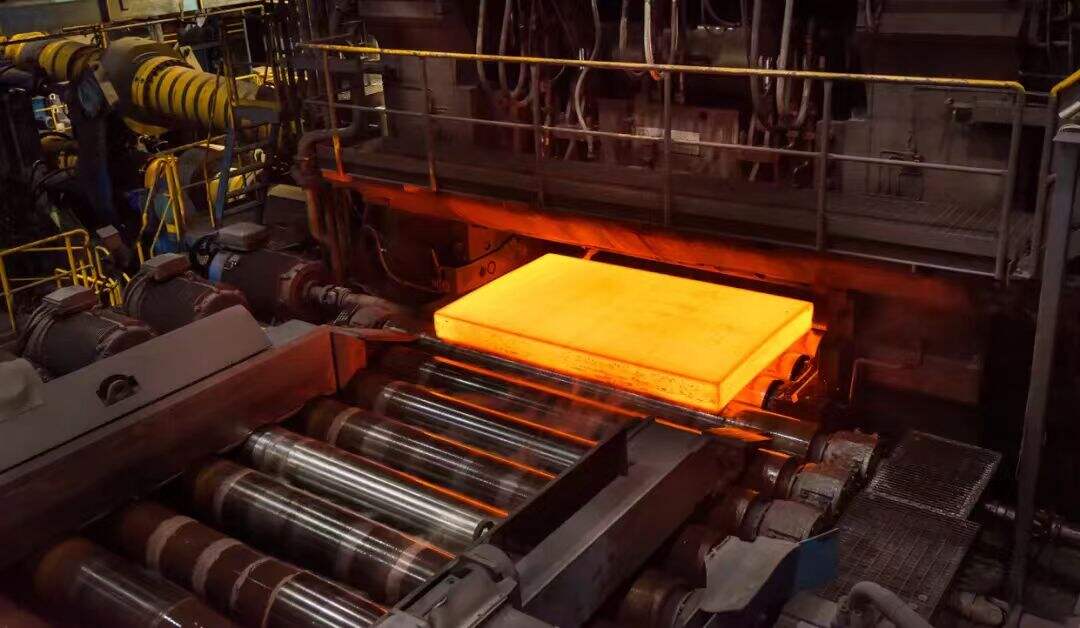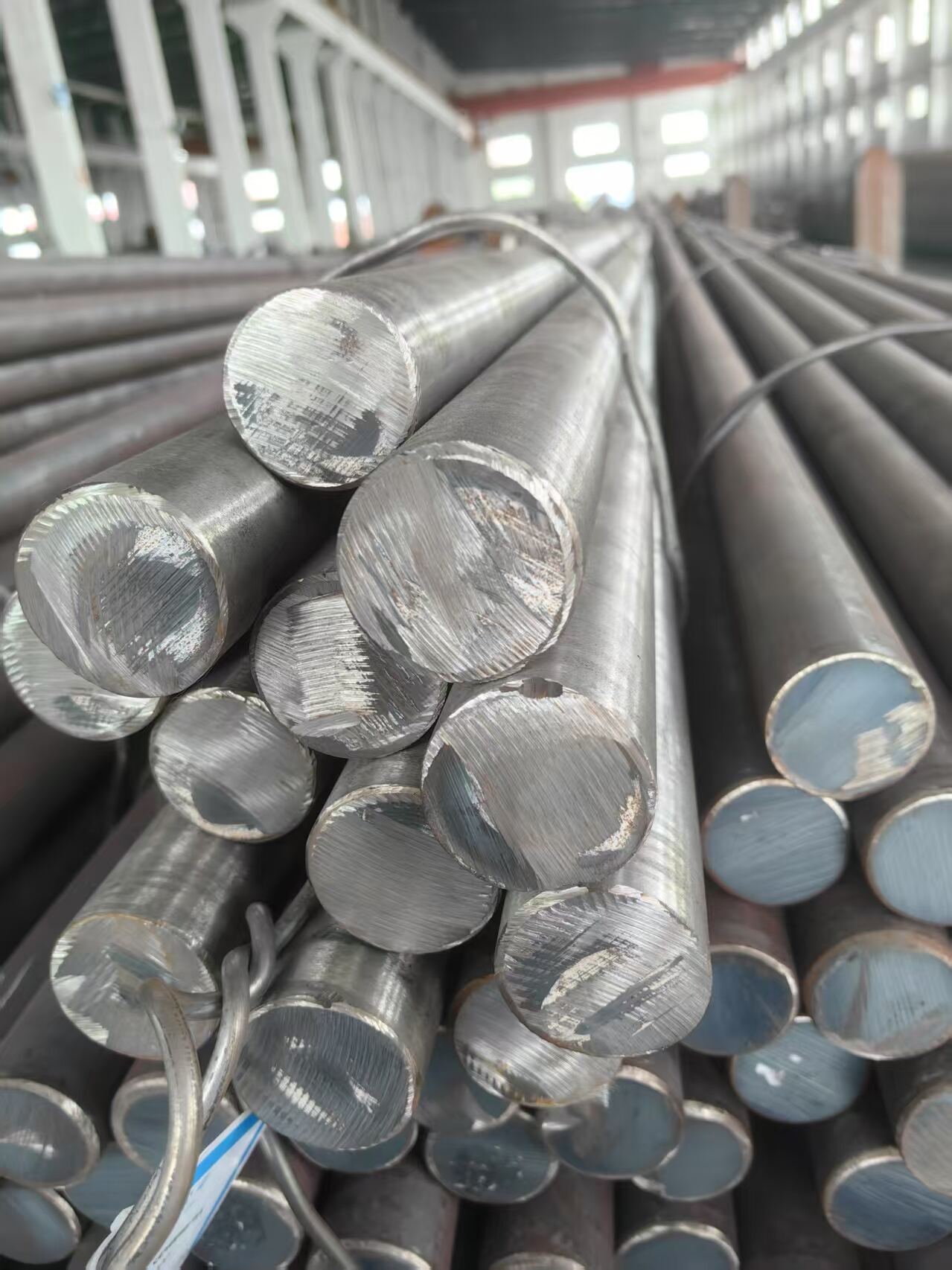The Evolution of Advanced Steel Technology
High-strength steel has revolutionized modern manufacturing and construction, offering unprecedented combinations of durability, weight savings, and cost-effectiveness. As industries push the boundaries of material performance, this remarkable alloy continues to find new applications across diverse sectors. From towering skyscrapers to lightweight vehicles, high-strength steel is reshaping how we build our world.
The journey of high-strength steel development represents decades of metallurgical innovation. Through careful manipulation of chemical composition and processing techniques, engineers have created steel variants that deliver tensile strengths exceeding 780 MPa while maintaining excellent formability. This breakthrough has opened doors to applications that were previously impossible with conventional steel grades.
Automotive Industry Applications
Vehicle Safety and Performance Enhancement
The automotive sector has emerged as one of the largest consumers of high-strength steel. Modern vehicles incorporate these advanced materials in critical safety components, including the passenger safety cage, crumple zones, and reinforcement beams. The superior strength-to-weight ratio of high-strength steel allows automakers to enhance crash protection while simultaneously reducing overall vehicle mass.
Additionally, high-strength steel plays a crucial role in improving vehicle dynamics. By strategically placing these materials in the chassis and body structure, manufacturers can increase torsional rigidity, leading to better handling and driving performance. The material's ability to absorb energy during impacts while maintaining structural integrity has made it indispensable in modern automotive design.
Fuel Efficiency and Environmental Impact
The implementation of high-strength steel in vehicle construction directly contributes to improved fuel efficiency. By reducing vehicle weight without compromising safety, manufacturers can create more environmentally friendly vehicles that meet increasingly stringent emissions regulations. Studies have shown that for every 10% reduction in vehicle weight, fuel consumption decreases by approximately 6-8%.
Furthermore, high-strength steel's recyclability makes it an environmentally responsible choice compared to alternative lightweight materials. The steel industry's established recycling infrastructure ensures that end-of-life vehicles can be efficiently processed and the materials repurposed, contributing to a circular economy.

Construction and Infrastructure Development
Modern Building Design
High-strength steel has transformed architectural possibilities in modern construction. Its superior load-bearing capacity allows for taller buildings with smaller structural elements, maximizing usable floor space. The material's high strength-to-weight ratio enables innovative designs that would be impossible with conventional steel grades.
In seismic regions, high-strength steel provides enhanced structural resilience. Its ability to withstand extreme forces while maintaining ductility makes it ideal for earthquake-resistant construction. Engineers can design buildings that not only survive seismic events but remain serviceable afterward, protecting both lives and investments.
Bridge and Infrastructure Applications
Bridge construction has benefited significantly from high-strength steel implementation. The material's exceptional strength allows for longer spans, thinner sections, and reduced support requirements. This translates to more efficient construction processes, lower material costs, and reduced environmental impact during both construction and maintenance phases.
Infrastructure projects worldwide increasingly rely on high-strength steel for critical components. From highway overpasses to railway bridges, the material's durability and fatigue resistance ensure extended service life under demanding conditions. The reduced maintenance requirements and longer lifecycle make it an economically attractive choice for large-scale infrastructure investments.
Energy Sector Implementation
Renewable Energy Structures
The renewable energy sector has embraced high-strength steel for wind turbine construction. Tower structures benefit from the material's superior strength and fatigue resistance, enabling taller installations that can access stronger, more consistent wind resources. The material's weldability and formability facilitate efficient manufacturing processes while ensuring structural integrity.
Solar energy installations also utilize high-strength steel in support structures and mounting systems. The material's corrosion resistance and long-term stability make it ideal for outdoor applications, while its strength allows for optimized designs that minimize material usage and installation costs.
Oil and Gas Industry Applications
In the oil and gas sector, high-strength steel has become essential for deep-water drilling operations. Pipeline systems benefit from the material's combination of strength and toughness, enabling safe operation under extreme pressures and temperatures. The reduced wall thickness requirements compared to conventional steel grades result in significant cost savings during installation and transportation.
Offshore platforms and drilling equipment rely heavily on high-strength steel components. The material's resistance to fatigue and environmental degradation ensures reliable performance in challenging marine environments. Its high strength-to-weight ratio is particularly valuable in floating installations, where weight reduction directly impacts operational costs.
Maritime and Shipbuilding Applications
Commercial Vessel Construction
The shipbuilding industry has found numerous applications for high-strength steel in modern vessel design. Hull structures benefit from increased strength and reduced plate thickness, leading to lighter vessels with greater cargo capacity. The material's excellent weldability ensures efficient construction processes while maintaining structural integrity.
Container ships and bulk carriers utilize high-strength steel in critical areas subject to high stress loads. The material's fatigue resistance and durability contribute to extended service life and reduced maintenance requirements. These advantages translate directly to improved operational efficiency and reduced lifecycle costs.
Specialized Marine Equipment
Offshore support vessels and specialized marine equipment increasingly incorporate high-strength steel components. From crane systems to deck equipment, the material's combination of strength and corrosion resistance proves invaluable in marine environments. The weight savings achieved through high-strength steel usage contribute to improved vessel stability and fuel efficiency.
Underwater equipment and subsea structures benefit from the material's pressure resistance and durability. High-strength steel enables the design of components that can withstand extreme depths while maintaining operational reliability. The material's proven track record in marine applications continues to drive innovation in subsea technology.
Frequently Asked Questions
What makes high-strength steel different from conventional steel?
High-strength steel is engineered through precise control of chemical composition and processing conditions to achieve superior mechanical properties. It offers significantly higher yield and tensile strengths while maintaining good formability and weldability. These characteristics are achieved through advanced metallurgical processes that create optimized microstructures.
How does high-strength steel contribute to sustainability?
High-strength steel promotes sustainability through multiple mechanisms. Its higher strength allows for reduced material usage, leading to lower resource consumption and reduced carbon emissions during production. The material's excellent recyclability and long service life further contribute to environmental conservation by minimizing waste and replacement frequency.
What are the cost implications of using high-strength steel?
While high-strength steel may have a higher initial cost compared to conventional grades, its total lifecycle cost is often lower. The material's superior properties allow for reduced material usage, lower transportation costs, and decreased maintenance requirements. Additionally, the operational benefits and extended service life frequently justify the investment in high-strength steel applications.


